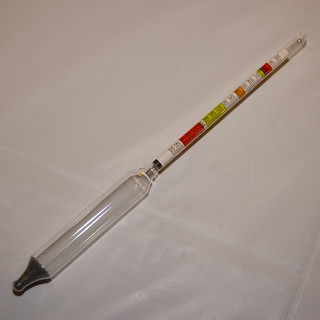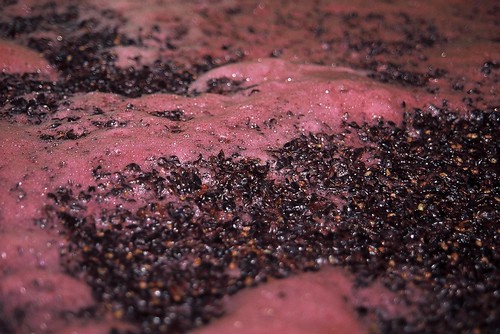
The hydrometer is the testing instrument you’ll use most when making wine. While it looks simple enough it does take some practice to fully understand both how to use it and what it’s telling you.
I’ll show you how to use a hydrometer as well as what the results mean in this three and a half-minute video. You’ll get to actually see the hydrometer used to measure the specific gravity of tap water, a sugar solution, as well as a finished wine so you’ll see the differences.
After the video I’ll share some additional tips on getting the best reading you can from this extremely useful instrument. Continue reading “Using a Hydrometer for Making Wine”



 Degassing is a brut force method of removing suspended carbon dioxide. I purchased a Fermtech Wine Whip to help with this process and it saved me big time. More on that later.
Degassing is a brut force method of removing suspended carbon dioxide. I purchased a Fermtech Wine Whip to help with this process and it saved me big time. More on that later.